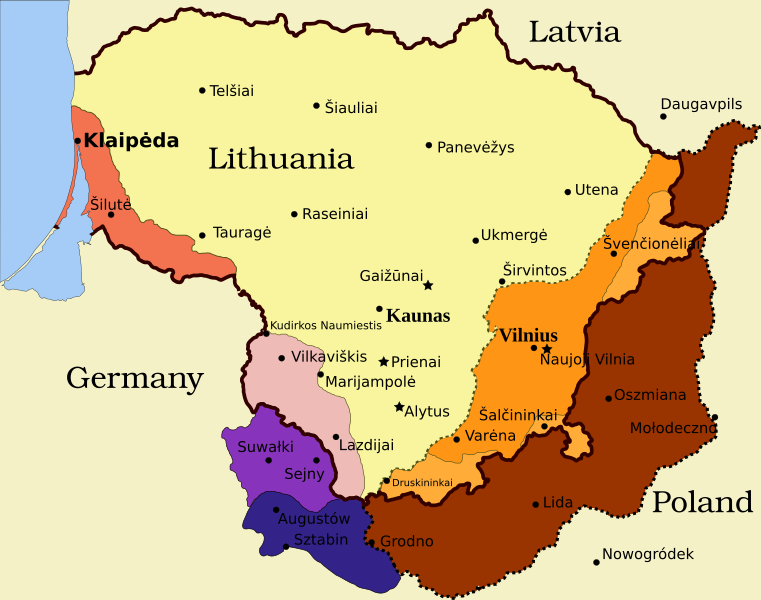 |
| Harold Burk, travel agent, arriving in Honolulu |
During the 1930s, when in his 20s, Dad began working his way up to becoming a travel agent. He started in big New York City hotels, getting bonded so his employers would know they could trust him with money and blank travel tickets, which were negotiable. Soon he was issuing railroad and bus tickets, as well as booking flights for his customers, the old-fashioned way--on paper.
Burk Travel Service
By 1948, Dad had established his own company, the Burk Travel Service, in the lobby of the swanky Savoy Plaza Hotel. This was diagonally across from the famous Plaza Hotel on 59th Street in the heart of Manhattan. In the late 1950s, the Trader Vic's tiki restaurant opened on the ground floor of the Savoy Plaza, adding even more glamour and attracting celebrities to the place.
During the years he was in business, Dad and his younger brother Sidney Burk (1914-1995) worked together to make travel arrangements for all sorts of clients, including big-wigs and celebs who stayed at the Savoy Plaza Hotel. My sisters and I squealed with delight when Dad would bring home signed photos or 45 rpm records from rock groups at the hotel, including Gerry and the Pacemakers, known for Ferry Across the Mersey (among other hits).
Through Dad's work, our family also got free tickets to the New York World's Fair in 1964-5, admission to the Ed Sullivan TV show in New York, the Circle Line boat trip around Manhattan, and even sightseeing flights around LaGuardia Airport.

By 1960, the Savoy Plaza hotel was owned by Hilton and renamed the Savoy Hilton, as shown in the above 1960 Manhattan phone directory listing for Dad's Burk Travel Service. Alas, the hotel was soon torn down to make way for the General Motors Building. Dad never again had his own travel agency, although he worked in parts of the industry for several more years.
Hawaii for the Weekend
With a growing family of three girls, Dad rarely had the opportunity to actually travel despite being in the business. Still, one time he was able to go on a free travel agents' trip to Hawaii, one of his dream destinations.
Dad had barely arrived in Honolulu and gotten a welcome lei (photo at top) when we three girls all became ill. After only a weekend in paradise, Dad flew back home to New York to help out. He never got to Hawaii again, although my sis and I and our families went there in early 2000!
Thanks to Amy Johnson Crow for the #52Ancestors prompt of "At Work" for this week.

































